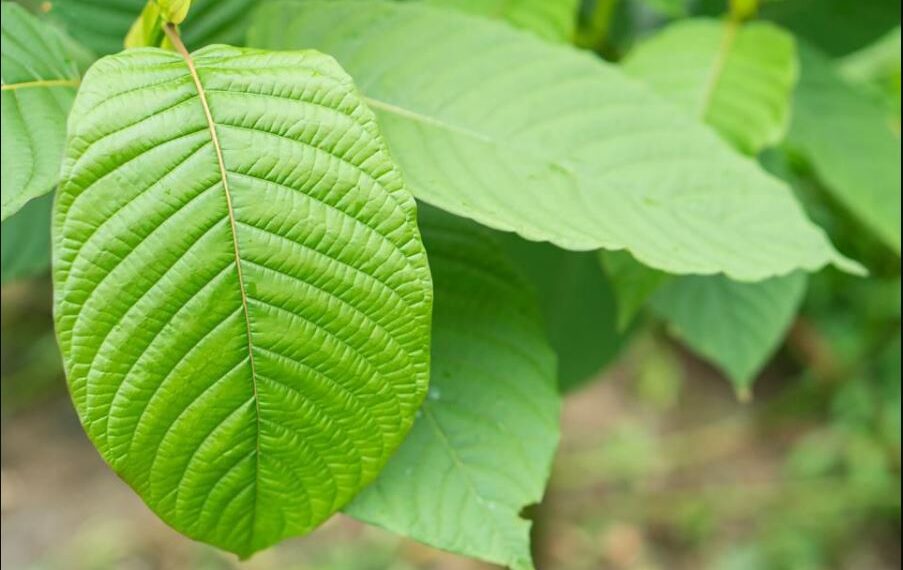Kratom, a botanical substance has been used for many decades, by many people who suffer from various health issues like anxiety, chronic pain, stress, insomnia etc. Its usage has been increasing day by day round the globe.
Although other clinical medicines are available to treat these symptoms but sometimes these medicines are expensive and hard to get, or may cause adverse side effects or addiction.
That is the reason, many individuals look for natural alternatives of these medicines to treat their illness. Now-a-days, a large number of people have turned to kratom and other alternatives like kanna, kava, mitragyna, matcha, blue lotus and akuamma seeds, these will give similar effects.
But, one of the problem with kratom, is its strong and bitter flavour. This is due to the special composition of kratom, Mitragyna speciosa.
Table of Contents
Alkaloids, A Class of Diverse Chemical Compounds:
Alkaloids is a class of naturally occurring nitrogen containing bases. It is a diverse class of organic compounds which have important psychological and physiological effects on humans and animals. Most common and well known alkaloids are morphine, nicotine, quinine, ephedrine and strychnine.
Alkaloids are primarily found in plants, especially in certain families of flowering plants. From these higher flowering plants, several thousand different types of Alkaloids have been identified. For example, both the opium poppy and the ergot fungus each contain about 30 different types. These plants are rich in Alkaloids.
There are some animals in which Alkaloids are present, such as New World Beaver and Poison-dart frogs. Ergot and few other fungi also contain Alkaloids.
If we give a look to chemical structures of some well- known Alkaloids, we will come to know that, generally, an Alkaloid contains at least one nitrogen atom in an amine type structure, which is derived by ammonia by replacing hydrogen atoms with the hydrocarbons (hydrogen-carbon groups).
Alkaloids in Kratom, An Amazing Profile:
Kratom, being an botanical substance, composed of naturally occurring Alkaloids. Kratom pharmacology is complex. Over 40 Alkaloids have been identified in kratom leaves. The concentration of these alkaloids varies, depending upon various factors like the region the plant is grown in, age of the plant and timing of its harvest. Furthermore, the traditionally made kratom tea appears to give greater systemic exposure of mitragynine, which is the most abundant alkaloid found in kratom.
Basically Mitragynine and 7-hydroxy Mitragynine are the chief alkaloids present in kratom.
Remaining Alkaloids found in minute quantities have been assigned to four general structure classes based on their underlying scaffold.
1: The Mitragynine congeners:
It includes,
- Mitragynine
- Speciogynine
- Speciociliatine
- Mitracilatine
- 7-hydroxymitragynine
2: The Pyran-fused Mitargynine congeners:
It includes,
- Ajmalicine
- Tetrahydroalstonine
3: The Oxindole congeners:
It is formed by a rearrangement product of the Mitragynine congeners.
4: The Pyran-fused Oxindole congeners:
They have an additional ring in the core structure with respect to the oxindole congeners.
Effects of Kratom Alkaloids
Is kratom addictive? If we talk about kratom health effects on human body, we will have a general criteria that it can produce stimulation effects like cocaine to morphine.
In fact, the effects of kratom mostly depend on dosage taken, small dose produce cocaine like stimulation and larger dose produces morphine like sedative-narcotic effects.
Mitragynine and 7-hydroymitragynine are mainly responsible for the effects of kratom, if taken 10-25g of dried leaves or powder, it may initially causes sweating, dizziness, nausea and dysphoria. But these effects soon superseded with euphoria, calmness and a dream like state that lasts for up to six hours. There is a notable thing that user will feel contracted pupils.
Regular krtaom user may produce dependence. The withdrawal symptoms in human beings are relatively mild and typically diminish almost within a weak.
Weakness, lethargy, cravings, anxiety, restlessness, rhinorrhea, nausea, myalgia, sweating, jerky movements of the limbs, muscle pain, tremors, hallucinations and sleep disturbance may occur.
If symptoms are severe, then dihydrcodeine-lofexidine combination, non-steroidal anti-inflammatory agents, anxiolytics and | or antidepressants may be given.
Conclusion
As conclusion, we can say that krtaom, no doubtedly, is an amazing botanical herb with immense health effects but, there is, however, no approved use of kratom or its alkaloids in modern medicine have been reported yet.
It is suggested that the therapeutic function and potential of kratom and its active ingredients for the treatment of depression, chronic pain and withdrawal symptoms should be explored. Interested in Delta 8 THC Gummies? Visit us.

